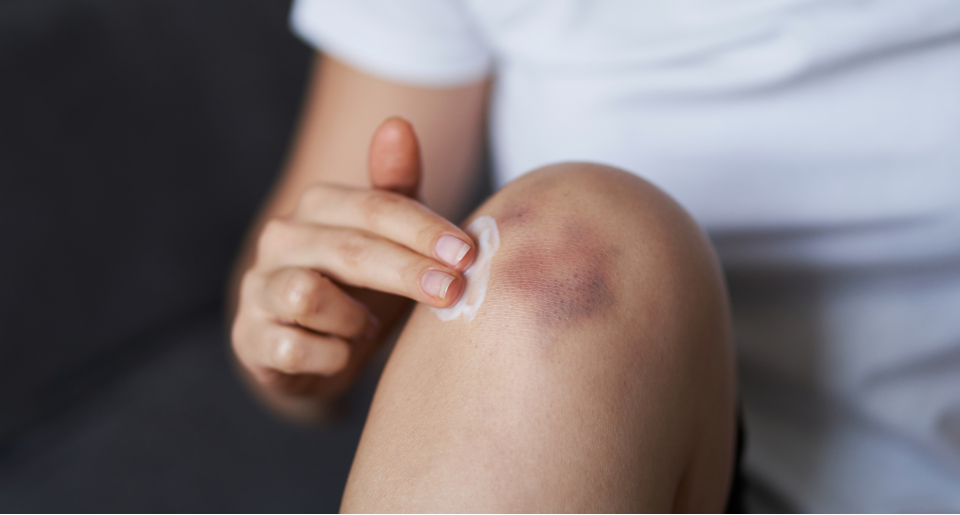How to Properly Treat Skin Cuts: A Step-by-Step Guide
We’ve all been there—whether a small nick while cooking or a deeper cut from a sharp object, skin cuts are
We’ve all experienced those little mishaps—maybe a tiny cut while chopping vegetables or a deeper gash from a kitchen accident. Skin cuts are a normal part of life, and knowing how to treat them effectively is key to ensuring quick healing and avoiding infections. This guide will walk you through the essential steps for treating skin cuts safely and efficiently.
Step 1: Check the Severity of the Cut
Before doing anything, assess how serious the injury is. Small cuts are usually manageable at home, but if the wound is deep, keeps bleeding after 10 minutes of pressure, or you can see tissue like fat or muscle, it’s best to get medical help immediately.
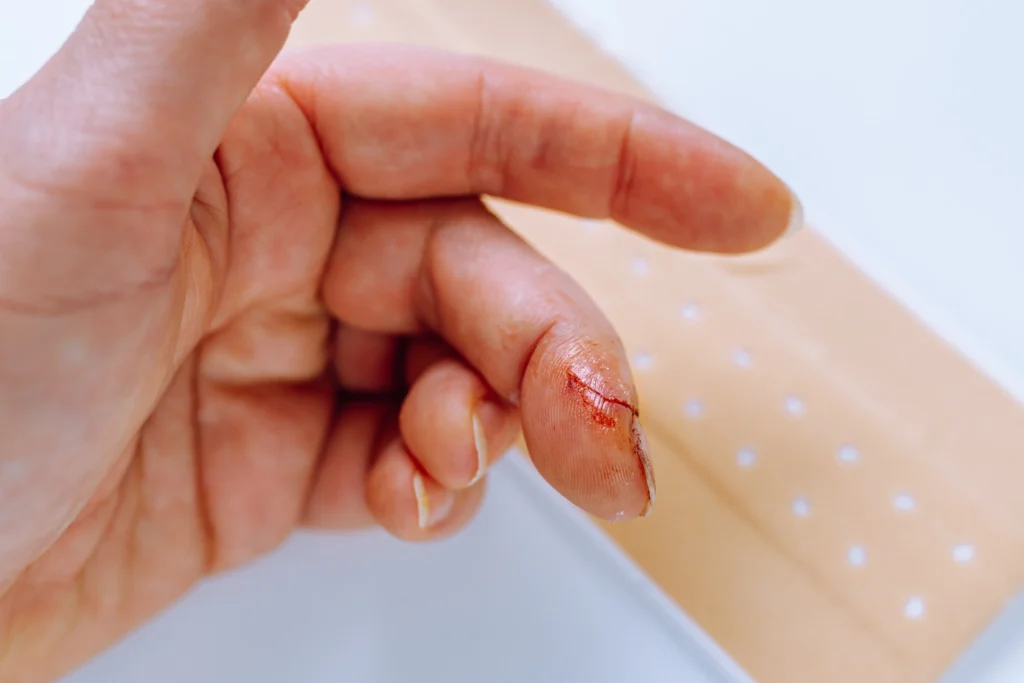
Step 2: Clean the Wound Properly
Cleaning the cut is essential to prevent infection. Rinse the area with cool, running water to remove dirt or debris. Avoid using soap directly on the wound, which might irritate the skin. Instead, gently clean the surrounding area with mild soap, then pat the wound dry with a clean towel or cloth.
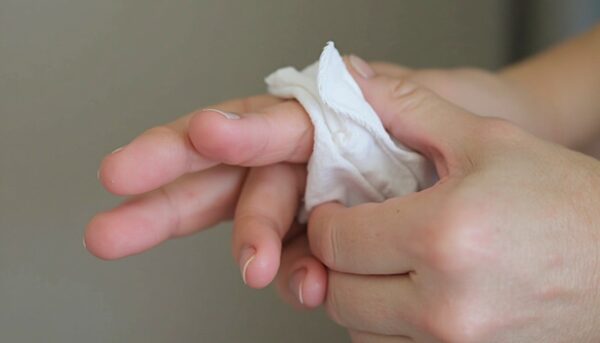
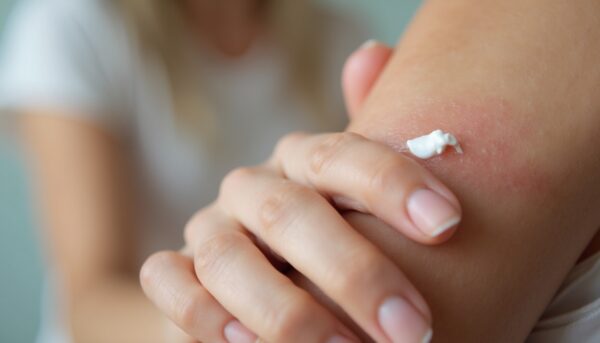
Step 3: Apply Soframycin Skin Cream
Once the wound is clean, apply an antiseptic cream like Soframycin. Its non-greasy formula makes it easy to spread and helps protect the wound from infections, speeding up the healing process. A thin, even layer is all you need to keep the area safe.
Step 4: Cover the Cut with a Sterile Bandage [Only If needed]
After applying Soframycin, cover the cut with a sterile bandage or gauze pad. This helps protect the wound from bacteria, dirt, and friction. If the cut is in an area that might get wet, consider using a waterproof bandage for extra protection.
Step 5: Change the Dressing Regularly
To promote healing, make sure the wound is always clean and dry. Change the dressing at least once daily or more frequently if it gets wet or dirty. Each time you change it, take a moment to check for any signs of infection, such as increased redness, swelling, or pus.
Step 6: Watch for Signs of Infection
Even with proper care, some wounds may become infected. Look for symptoms like spreading redness, increased pain, warmth around the wound, swelling, or unusual discharge. If you notice any of these signs, don’t hesitate to consult a healthcare professional.
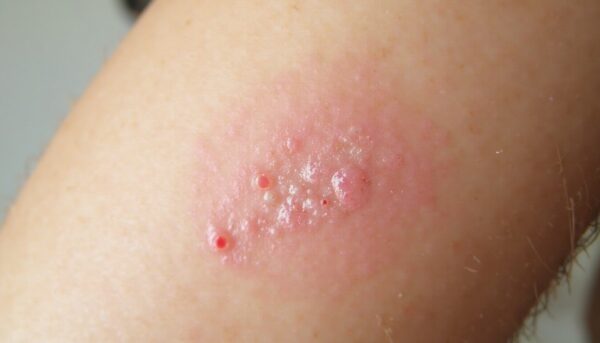
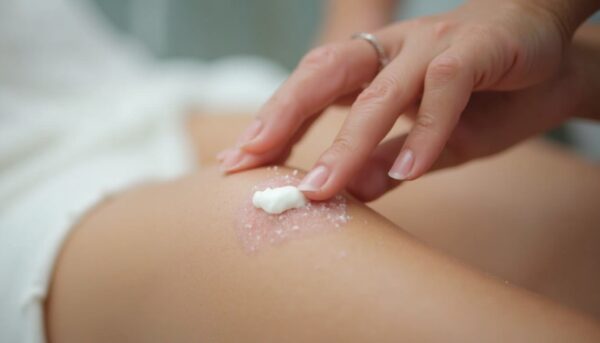
Step 7: Moisturize to Minimize Scarring
As your wound heals and a scab forms, you can moisturize the area to help reduce scarring. Using a cream designed for fast healing can keep the skin hydrated, promote cell repair, and minimize the appearance of scars.
Pro Tip: When to Use Soframycin Skin Cream
Soframycin is particularly beneficial for minor cuts, especially those at a higher risk of infection. If you have a compromised immune system or a history of frequent infections, applying Soframycin after cleaning the wound can provide extra peace of mind.
Conclusion
Properly treating skin cuts doesn’t have to be overwhelming, but it does require attention. By following these steps—cleaning the wound, applying Soframycin skin cream, and keeping it covered—you’ll promote quick healing and reduce the risk of infection. Taking a few extra moments to care for a cut can save you from more severe issues. So, next time you face a skin cut, reach for Soframycin and follow these steps for a speedy recovery!

